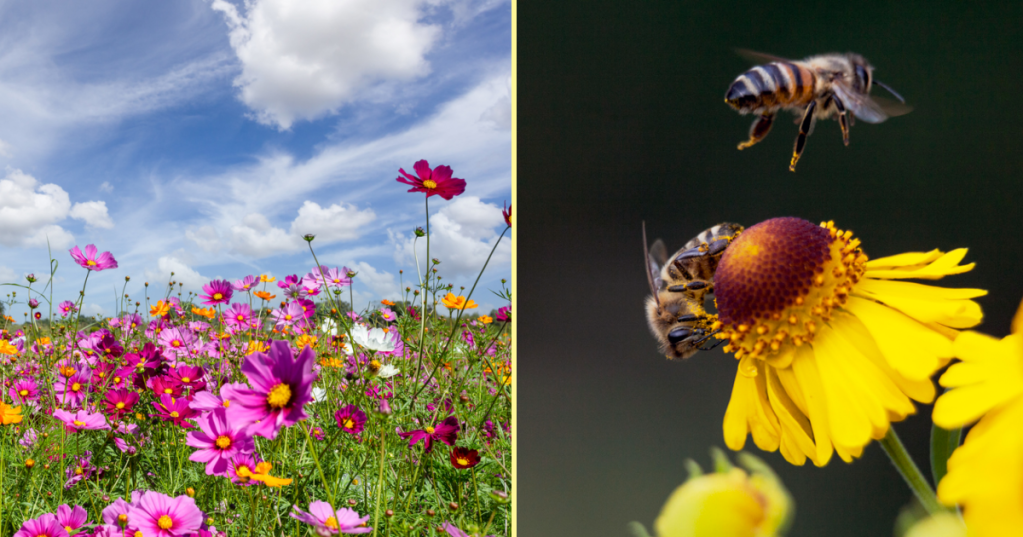We’ve been hearing for a few years now that crops and flowers are in danger because pollinators are dropping like flies.
In the immortal words of Ian Malcolm, though, it seems that life finds a way.
At least, that’s what scientists suspect as they see wildflowers begin to self-pollinate.
This new study shows that in at least one farm meadow in France, the wildflowers are self-fertilizing.
Image Credit: iStock
To prove this, they compared wild pansies to some grown from seeds that were harvested in the 1990s. They analyzed the plants’ genetics, measured the physical traits, and then brought in some bumblebees so they could choose their favorites.
The modern, wild pansies have increased self-pollination by 27%. They are also smaller and less attractive to bees.
The results definitely indicate that plants can evolve and adapt quickly in an environment that’s shifting just as fast.
But that’s not exactly “good” news.
Researchers say they’ve uncovered a “vicious cycle” since these self-sufficient plants aren’t as attractive to the pollinators we’re hoping to save.
If this cycle continues, the plants will produce less nectar, which could lead to pollinating insects not being able to sustain themselves.
Image Credit: iStock
Insects are not only important for crop and food production, but they are also an important food source for other animals and are integral to the process of decomposition.
The hope is that science finds a way to create some solution that can fix this issue.
Because in an ideal world, the plants would never have had to change in the first place!
